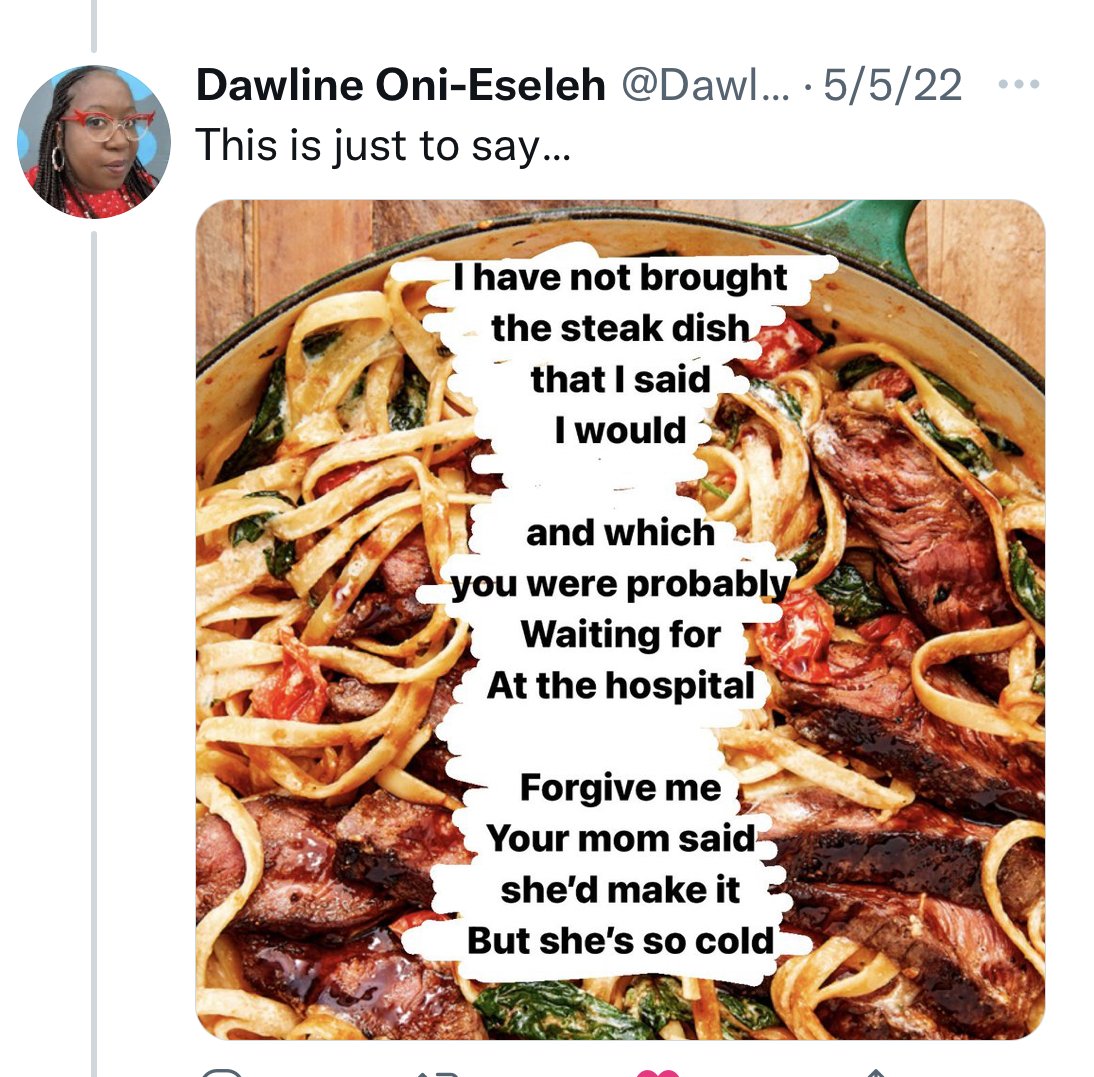So tomorrow begins the Sealey Challenge, and I am behind on my reading. A few weeks ago I gave in and just organized my unread books on the bookshelves rather than stacking them into leaning towers as a to-read reminder. I do not need to call myself out like that when there exist plenty of callouts already—as in the meme below.
So that meme really hit home since I had planned to have my manuscript completed two years ago and even finished a manuscript workshop.
If you were likewise targeted by that meme, write a list poem of all the tasks you have finished instead of your manuscript. Make your list as trivial or as surreal as you wish.
For the next prompt, find a meme that made you simultaneously laugh and bow your head in shame and write an ekphrastic poem.
The third prompt is to use “Why violence why” for a ghostline or as an epigraph. Be sure to credit Lysz Flo.
For a final prompt, find an unflattering picture of yourself that you wished didn’t exist and write a praise poem to that former self. Be kind.
Bonus prompt: what did you say to make the fish react this way?

















































